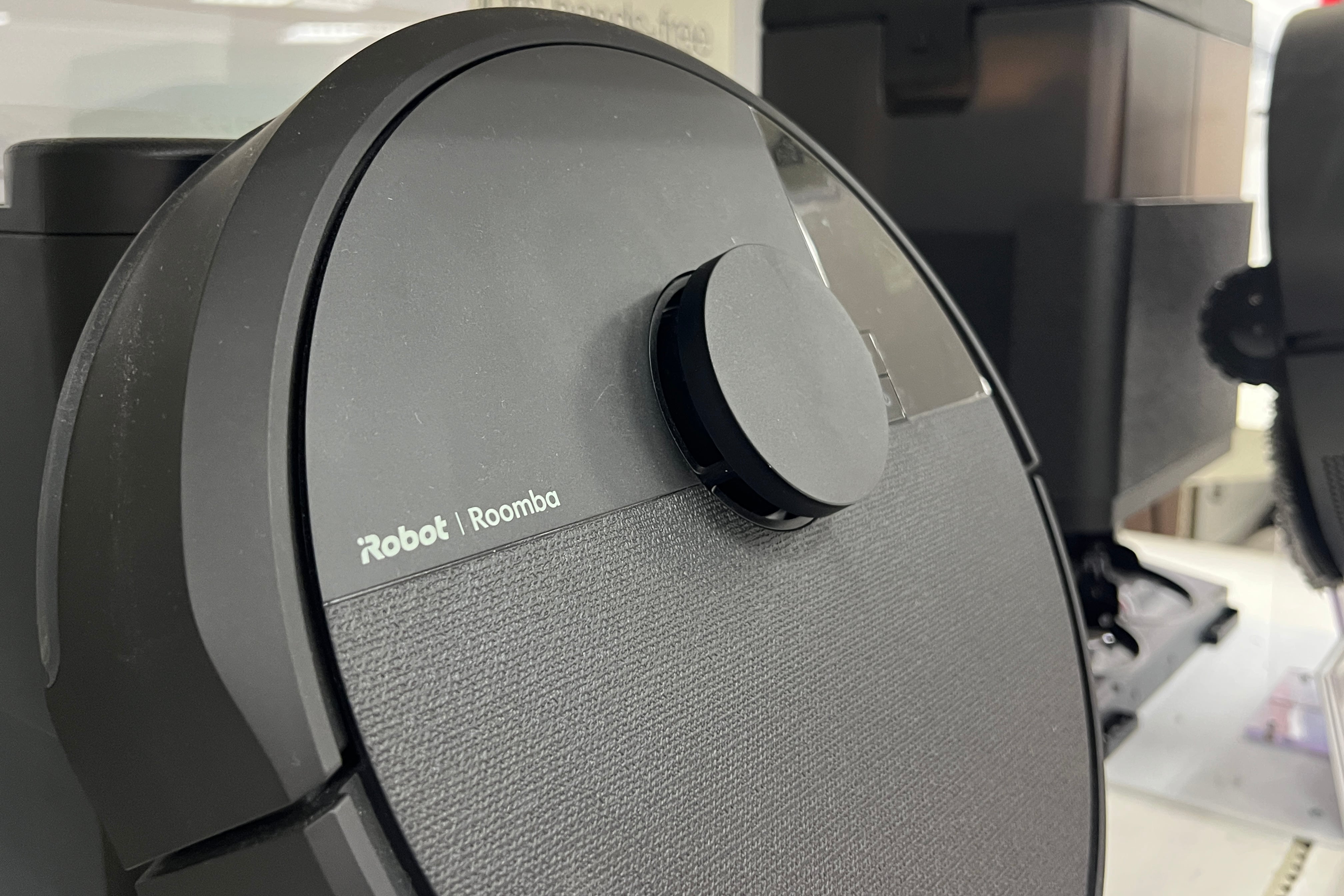If our century-old love affair with the motor car is to continue much beyond the first half of this century, a lot of things will have to change dramatically. Cars will have to become carbon-neutral (preferably carbon-negative) and we will have to get used to using them less, and in fewer places.
We will also have to get used to the lack of noise. Since 1886 the background to our lives has been a hum of combustion, but that is already changing as electric vehicles slip by with little more than an electronic hum and a whoosh of tyre on tarmac. For most cars, that’s unquestionably an improvement. For cars such as Ferrari, Lamborghini, Porsche and Aston Martin, though, it’s a very different story. The shriek of a V12, the growl of a V8, or the bark of a flat-six – the noises these cars make are intrinsic to their appeal.
The noises made by these evocative cars could have been thrown a lifeline beyond the EU’s 2035 date for the cessation of combustion engine sales. Having originally been a blanket ban, this has recently been softened to allow for the possibility of combustion engines burning – theoretically – carbon-neutral e-fuels. Ferrari, for one, has just signed up for this potential post-2035 future of noise, and in a big way.
That doesn’t mean that Ferrari is going to delay or defer its first electric car – that model should appear by 202
Speaking at the recent Future of the Car symposium, hosted by the Financial Times, Ferrari chief executive Benedetto Vigna, has said e-fuels have matured as a technology much more quickly than anyone was thinking. “The discussion that was happening a few weeks ago about the adoption of e-fuel – I thought that this would happen in 2025 or 2026. Now it has happened two years before.
READ MORE
“This is very good for us because you can run a thermal car with fuel that is neutral, because you take the CO₂ from the atmosphere and you merge it with other things. So I think that the two are very much compatible, and this is a reinforcement of our strategy, if you want.”
That doesn’t mean that Ferrari is going to delay or defer its first electric car – that model, arguably the most important new Ferrari since the brand launched its first 166 Inter road car in 1948, should appear by 2025, but a chance to keep a limited number of fuel-burning, noise-making engines in production beyond the middle of the next decade is clearly appealing to Vigna.
“This approval of the European Union [for the e-fuel exemption] was very, very good for us – for us and for the world, I believe – because it gives life to a technology that still has a long way to go. There are many things that can be done in terms of efficiency, in terms of emissions. So let’s say we, as a company, will stick to our strategy. We are investing in ICE, we are investing in hybrid, we are investing in EVs.”
[ Ferrari sees 80% profit jump as Italian carmaker goes electricOpens in new window ]
Ferrari already builds two plug-in hybrid models; the SF-90 and the 296 GTB, and its first electric car is thought to be a low-slung EV hypercar, with four electric motors and a power output of more than 1,000hp.
Ferrari is also investing in solar, announcing that it’s supporting the construction of a vast solar electric power plant on waste land adjacent to its famed private racetrack at Fiorano. The track, and the new solar power plant, sit just outside the town of Maranello, and both it and the smaller town of Fiorano (they’re both about a 45-minute drive from the city of Bologna) are set to benefit from the project.
According to Ferrari, this Renewable Energy Community (REC) is the first of its kind in Italy to be backed by a big corporation. Ferrari says the project is “for the benefit of its local community. Any public or private entity in Fiorano and Maranello may become a member of the Ferrari REC: citizens, institutions, commercial activities and factories will all be able to use the renewable energy produced.”
In theory, e-fuels can be carbon neutral as the plants that make them run on renewable energy such as wind or solar, and they extract carbon from the atmosphere
The plan is that, by December, the solar plant will have the capacity to produce one-megawatt of power per hour, assuming it gets enough light, with the solar panels covering 10,000sq m of disused land owned by Ferrari.
The 1,818 solar cells, provided by Rome-based Enel-X, will be double-sided and mounted on single rotating arms so that they’re always getting the maximum amount of sunlight. Ferrari reckons the new plant at Fiorano will generate an average production of about 1,500MWh for 20 years, avoiding about 450 tonnes of CO2 emissions per year, as well as making for lower energy bills for the surrounding community. It may well be that Ferrari is also looking at using the free energy from these solar cells to produce its own carbon-neutral e-fuels.
“Sustainability is a priority for us: not only do we aim to achieve carbon neutrality by 2030, but we also want to be a catalyst for a wider change,” said Vigna. “The Ferrari energy community is a concrete example of the possible synergy between an industry and the community in which it operates, and a model that can bring important benefits to the Italian energy system. Because of its scalability and replicability, it can accelerate the process of decarbonisation while reducing the cost of energy for citizens and businesses.”
[ Eco-experts say ‘e-fuels’ are a busted flushOpens in new window ]
Ferrari is also not the only sports car maker to be embarking on new alternative energy projects. HIF Global, a Chilean company, is going to establish a massive new e-fuels production plans in Matagorda, Texas. Construction of the new plant should begin next year, and it’s expected that production should hit 750 million litres per year once it’s up and running.
HIF has been heavily backed by Porsche, and indeed all 2,600 litres of e-fuel it made last year at its experimental e-fuel plant in Chile were sent to Porsche to use in various racing cars and experimental models.

“In Texas, we are taking e-fuels to the next level of commercial scale, and we are now permitted to construct the largest e-fuels facility in the world,” Meg Gentle, the executive director of the board for HIF Global, said.
If its production capacity can be achieved, the plant in Texas could dramatically cut the cost of e-fuels. The experimental stuff coming out of Chile right now costs at least €50 per litre, and that’s before local taxes are added. If the plans in Texas come to fruition, that could be slashed to just €2 per litre.
E-fuels require five times the energy and are only really suitable for applications that can’t be electrified. The problem is some are arguing against going all-in on EVs on the false promise of e-fuels
— Prof Hannah Daly, a climate expert at University College Cork
In theory, e-fuels can be carbon neutral as the plants that make them run on renewable energy such as wind or solar, and they extract carbon from the atmosphere, which is combined with hydrogen produced from the electrolysis of water to make a simple methanol fuel. That can be further refined into a form of petrol, which can then be used in conventional piston engines.
Critics of e-fuels point out that they’re much less energy-efficient than using that same renewable electricity to charge up the battery of an electric car – about 77 per cent of the electricity produced at a power plant makes it to the wheels of an EV. If you run the same calculation on using that electricity to make e-fuels, it works out at about 13 per cent actually making it to the wheels.
Prof Hannah Daly, a climate expert at University College Cork, says “e-fuels require five times the energy and are only really suitable for applications that can’t be electrified. The problem is some are arguing against going all-in on EVs on the false promise of e-fuels.”
[ The trouble with renewable dieselOpens in new window ]
Porsche boss Oliver Blume is adamant e-fuels have a useful place in the future of carbon-neutral motoring. “This is a highly emotional debate” he said. “The ramp up of e-mobility and e-fuels are not juxtaposed in any way. This is reflected in our figures. We have a clear commitment to pushing e-mobility even further, and it will be superior to internal combustion. But if you look at climate protection as a whole, you need to look at what will happen to the 1.3 billion internal combustion engine cars around the world which will be driven in the future. E-fuels offer a feasible alternative to deliver CO₂ cuts almost immediately.
“They can be mixed with conventional fuels. Every single percentage point is helpful in this case. We need to launch appealing products in the market, set up the charging infrastructure, and offer sustainable sources of energy in all markets. Things will take longer in other parts of the world than they will in Europe, but we need to do both at the same time. You can ramp up e-mobility and still look after other regions. If you make e-fuels in parts of the world where sustainable energy is in free supply, then there is no argument against them.
“Strategically, we have a flexible stance, with a trio of drive technologies, including ICEs and hybrids in addition to all-electric models. We think e-fuels can play a useful complementary role – for the large number of existing cars and niche segments. E-fuels are equally suitable for planes and ships.
The automotive industry is in the very midst of a transformation and needs planning certainty. We therefore clearly appreciate the fact that the German government is now taking the appropriate steps
— Porsche boss Oliver Blume
“The point is that the European Commission is to outline a possibility for e-fuels to be used in new vehicles with internal combustion engines – even after 2035. The automotive industry is in the very midst of a transformation and needs planning certainty. We therefore clearly appreciate the fact that the German government is now taking the appropriate steps. Together with partners, we have built an e-fuel pilot plant in Chile. Production has been running since December. This plant demonstrates that e-fuels can be produced on an industrial scale. For us, it’s a matter of conviction and pioneering spirit. Sustainability is a central pillar of our Porsche strategy – and an issue close to my heart and the hearts of our whole team.”
It’s thought that the EU’s decision to soften the post-2035 regulations to allow for e-fuels was based on heavy lobbying from both Germany and Italy, with Porsche and Ferrari figuring heavily in the political influence brought to bear.





















